The European Art Market and the First World War
The outbreak of the First World War shattered the established European art market. Amidst fighting, looting, confiscations, expropriation fears and political and economic upheaval, an integrated marketplace shaped by upper-class patrons broke down entirely. In its place, Maddalena Alvi argues, can be found the origins of a recognisably modern market of nationalised spheres driven by capitalist investment and speculation, yet open to wider social strata. Delving into auction records, memoirs, newspaper articles, financial and legal documents in six languages, Alvi explores these cultural and socio-economic developments across the British, French, and German markets, as well as trade spheres such as Russia and Scandinavia. 1914 marked the end of the European art market and cemented the connection between art and finance.
- Provides a new understanding of the consumption of art in the 20th century
- Explores the reciprocal influence of cultural factors and economic behaviours and outcomes
- Captures the complexity of the art market through a transnational approach, utilising source material in six languages
Reviews & endorsements
‘Maddalena Alvi gives us a riveting account of artistic privilege, power, and property, exposing the ways in which the European bourgeoise and upper classes were transformed by war, revolution, financial crises, and their appetite for exchanging art for money.’ Joanna Bourke, Professor of History, Birkbeck, University of London
‘This is a unique study of the European art market reeling from the First World War. Alvi reconstructs a diverse artworld of collectors, dealers, and players fighting for their corners of the industry. The book powerfully demonstrates how the ‘collecting classes’ were irrevocably damaged by the conflict.’ A. Carden-Coyne, Professor of History, University of Manchester
Product details
April 2025Hardback
9781009600811
285 pages
235 × 159 × 21 mm
0.56kg
27 b/w illus.
Available
Table of Contents
- Introduction
- 1. The European market before 1914
- 2. The great conflagration (1914–1918)
- 3. 'Wartime cultural changes' (1914–1918)
- 4. Post-war markets (1918–1925)
- 5. 'The challenges of new markets'
- 6. Cementing nationalisation (1918–1925)
- Conclusion: the end of the European art market.

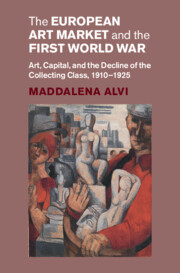
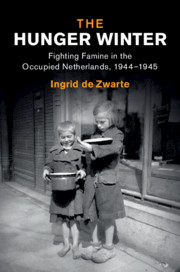
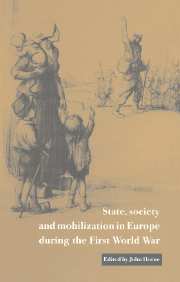



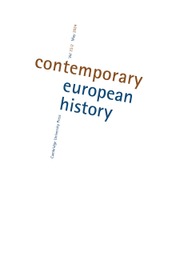
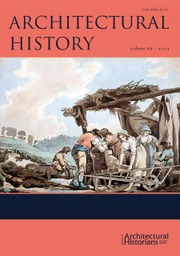
.jpg)
.jpg)